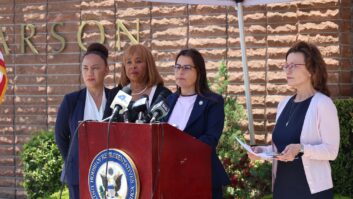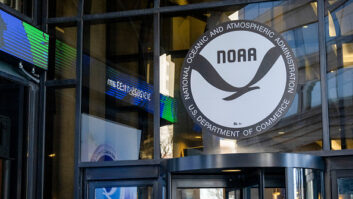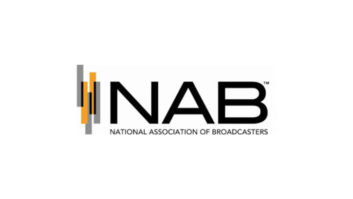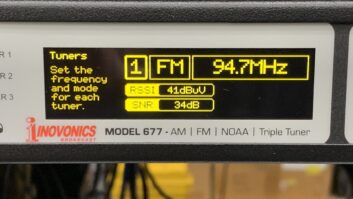On June 3, the FCC released its Sixth Report and Order (R&O) on the Emergency Alert System (EAS). While some in the EAS community were hoping to see more in this R&O, it deals only with the four items on which the commission solicited input in its June 24, 2014, Notice of Proposed Rulemaking (NPRM). Rules covering those four items now lay the groundwork for the next nationwide EAS test, which appears to have been the primary goal of this rulemaking. In reality, the FCC could not have instituted any additional rules, as it did not ask for comment on anything further in the 2014 NPRM.
NEW EAS RULES
The R&O becomes effective 30 days after being published in the Federal Register. None of the new rules themselves become effective on that date, but rather have phase-in timelines of from 60 days to 12 months. Items to be implemented within 12 months of the ruling’s effective date are 000000 as the “All of U.S.” EAS Location Code, and National Periodic Test (NPT) as the nationwide testing EAS Event Code to be set up in EAS units for immediate forwarding.
The NPT will not have an elevated priority and will not exceed its current two-minute time limit, both of which were proposed in the NPRM. Within six months after the effective date of the R&O, visual displays must adhere to certain guidelines on size, color, contrast, location and speed. Most of these rules are subjective and left up to the EAS participant to adjust for best readability. The shortest timeline is 60 days for EAS participants to verify the pre-populated data on their facility in the FCC’s Electronic Test Reporting System (ETRS). The 60 days starts after a separate notice on the ETRS in the Federal Register, or 60 days after the ETRS is actually launched, whichever occurs later.
HIDDEN NUGGET
Although the FCC only highlighted the four items above as new rules in the R&O, there was one more important step taken by the commission that is outlined near the end of the ruling, in paragraph 50. The FCC directs its Public Safety and Homeland Security Bureau (PSHSB) to host a workshop within three months of the adoption date of the R&O; so that clock started running already on June 1, 2015. PSHSB is to collaborate with FEMA and other relevant EAS stakeholders in this effort. The two key issues to be discussed are: improvement of alert accessibility and increasing the flexibility of the EAS to expand its use by emergency managers at the state and local levels.
The latter of these two is something that many in the EAS community have been advocating for years. On that topic, the commission continues, “The workshop should discuss methods to empower and encourage state and local emergency managers to utilize the EAS and Wireless Emergency Alerts (WEA) …” This is very heartening news on this front. The R&O concludes on that point that, “The commission may refer additional issues arising out of the workshop to the Communications Security, Reliability and Interoperability Council (CSRIC) or other FCC federal advisory committee …” The EAS community will need to stay tuned for this workshop and be sure our concerns and suggestions are voiced.
The FCC has outlined that it intends future rulings on: CSRIC’s recommendations regarding EAS State Plans, adding other elements of FEMA’s Integrated Public Alert and Warning System (IPAWS) to the testing paradigm, addressing basic EAS security guidelines and standardizing the waiver process for EAS “live code” exercises. In addition, there are still five items from the Fifth EAS R&O that the commission deferred ruling on in 2012 until they issued their report on the 2011 Nationwide EAS Test; that report was released on April 12, 2013.
Of the deferred items, FCC has now ruled on one (the 000000 code) and has said it will address another (EAS State Plan rules), which still leaves the disposition of: revision or elimination of the FCC Mapbook (which could have been dealt with in the current R&O), whether manual operation of equipment should be allowed for the EAN, elimination or revision of the EAS Operating Handbook, requiring translators and satellite stations to participate in EAS, and proposed changes to EAS testing procedures. So this recent R&O is not the last in the present pipeline.
Gary Timm is the Broadcast Chair for the Wisconsin EAS Committee.







